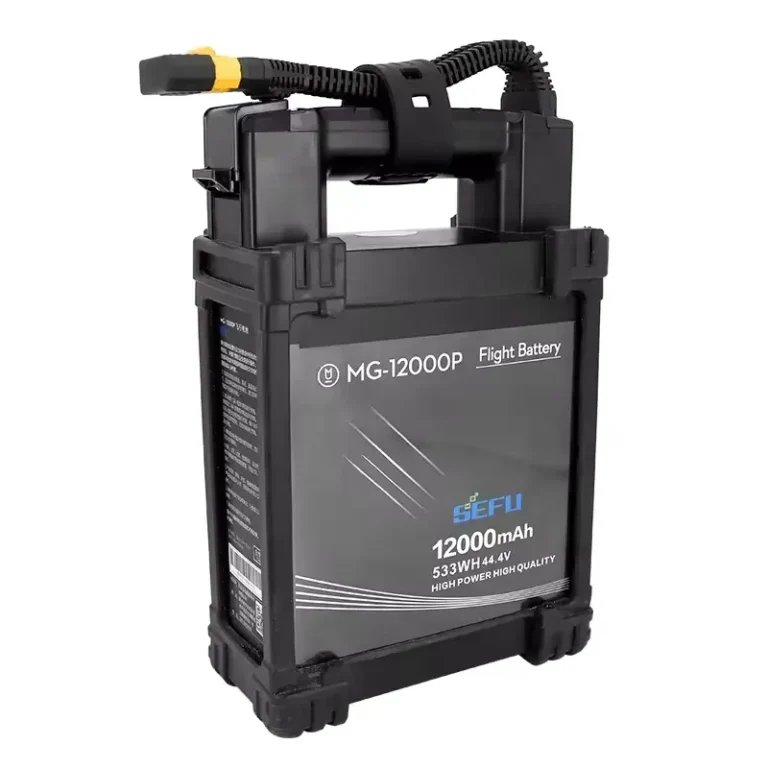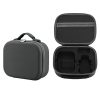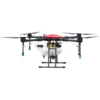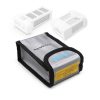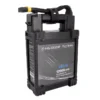Blog
Choosing the Right Agricultural Drone Battery

Choosing the Right Agricultural Drone Battery
When it comes to agricultural spraying drones, the battery is more than just a power source — it’s the lifeblood of your operation. Selecting the right battery directly impacts your drone’s performance, flight time, and long-term reliability.
Why the Right Battery Matters
Agricultural drones carry significant payloads (fertilizers, pesticides, etc.), making battery power critical for consistent spraying, coverage, and ROI.
Types of Batteries for Agricultural Drones
- Lithium Polymer (Li-Po): Lightweight and high-discharge — ideal for heavy spraying jobs.
- Lithium-Ion (Li-Ion): Higher energy density and cycle life, but heavier and less common for spray drones.
What to Look for in a Drone Battery
- Capacity: Measured in mAh or Wh – determines flight time.
- Voltage: Make sure it matches your drone setup (e.g., 6S, 12S).
- C Rating (Discharge Rate): Higher C = more power for heavy loads.
- Weight: Lighter batteries help extend flight time.
- Recharge Time: Fast charging keeps your operations moving.
Battery Care Tips
- Store in a dry place, ideally at 40–60% charge.
- Use fireproof charging bags for safety.
- Let batteries cool before recharging.
- Regularly inspect connectors and balance the cells.
When to Replace a Drone Battery
- Swollen or damaged battery pack.
- Reduced flight time or weak performance.
- Overheating during use or charge.
🛒 Ready to upgrade? Get long-lasting drone batteries at AgricSprayDrones.com — FREE shipping available!
